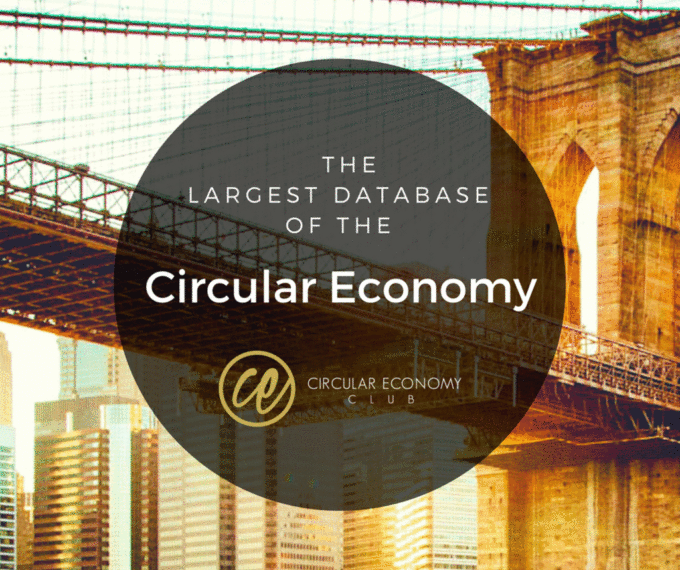The Circular Economy Club (CEC), the nonprofit international network of more than 2,600 circular economy professionals and organizations in more than 60 countries, recently launched the largest open-source database on circular economy-related initiatives in the world. The database is designed to help circular economy advocates better coordinate efforts on a global scale while showcasing more than 3,000 circular economy-related initiatives from more than 100 cities and 60 countries.
The database is derived directly from the CEC’s efforts to “map” circular economy activities. That project, dubbed “Circular Economy Mapping Week,” entailed workshops coordinated by CEC organizers in more than 65 cities and 40 countries.
Anna Tarí, who founded the Circular Economy Club in 2014, believes this was the first global open source exercise of its kind in the circular economy sector, and was an important step for both the CEC and the circular economy movement in general.
“If we aim to move towards a circular economy, we first need to understand what is already being done,” Tarí said. “It is imperative that circular economy advocates come together and clearly document what each of us knows. This database puts these abstract concepts into a tangible form that helps form a clearer picture.”
“Something mentioned in most workshop sessions was that stakeholders are not talking effectively among themselves,” Tarí said. “We suspect this lack of communication may directly influence why certain industries—such as investment, financial and public sectors—appear to be grossly underrepresented in findings.”
To help bridge this communication gap, Tarí said the CEC is planning a global “post-mapping week” project to share database results with the CEC audience. It is hoped this follow-up event, with dates yet to be determined, will generate the space for local organizers and participants to define the next steps for their cities, she said.
Those interested in adding their own circular economy information to the open-source database can do so at the CEC Web site.
Key Findings
- This global, open source exercise was a first-of-its-kind project that included approximately 80 press mentions and 650,000-plus social media references.
- Of the 3,000 circular economy initiatives highlighted in the database—which include projects ranging from fashion to real estate to energy—approximately 62 percent were based in Europe. The remainder came from North America (12 percent); Latin America (11 percent); Asia (10 percent) and Africa (6 percent).
- A quarter (25 percent) of the circular economy initiatives cited in the database involved using waste as a resource (e.g., recycling, compost, energy from waste, etc.), which was the highest circular economy strategy reported.
- City projects (buildings, infrastructure, mobility, logistics, energy, water, waste management) utilized circular economy strategy implementation most often (25 percent of respondents identified with this sector), compared to other sectors (including food and beverages, which came in at 18 percent).
- Most initiatives (71 percent) are associated with the private sector, while the fewest initiatives (5 percent) represent educational institutions.










